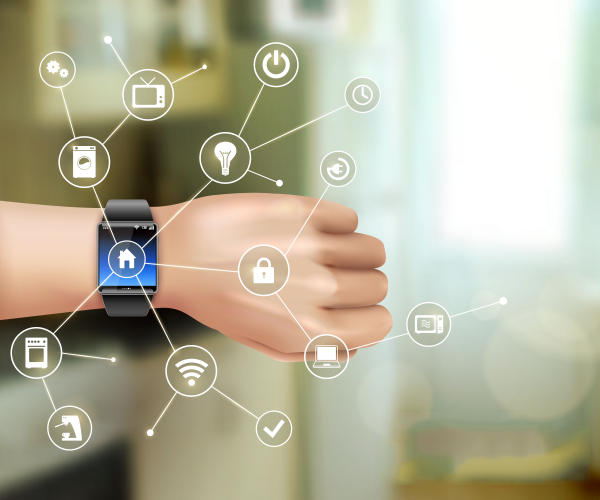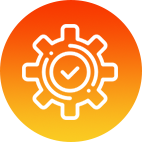
- IOT TESTING
Leverage Knowledge & Skill for IOT Excellence
Testing Internet of Things products is complicated and necessitates a unique mix of skills, expertise, and knowledge. With our unique IoT testing solution, you can have a competitive edge.
IOT is changing the way customers engage with businesses. Companies, on the other hand, confront issues in testing and optimising user journeys through the device to the cloud, as well as growing and offering a smooth user experience.


Functional and Non-Functional Testing
At TestFirst QA, we guarantee end-to-end functional and non-functional testing services for IoT implementations on different devices. Our rigorous evaluation solutions assure quality and reliability so that you can stay connected while embracing technology for more sophisticated ways of life.
With connectivity, there is a lot of accountability
Our IoT testing services provide real-time testing of Large Amounts of data, connectivity, security, and reliability, among other things, by leveraging device simulators and cloud test automation tools to tackle the diversity of devices and other technology platforms. We provide comprehensive IoT testing solutions to verify that your device will function seamlessly, safely, and in accordance with applicable standards.


How Efficient IOT Testing Looks Like
Bring Down your Testing Cost
Improved Time to Market
Testing Domain Experts
API Testing Coverage
With automated API verifications, our extensive testing approach provides improved API test coverage.
IOT Testing at TestFirst QA Covers



IOT Testing at TestFirst QA Covers
Usability Testing
Accessibility and user experience are critical components of any testing. IoT testing will be no exception since it necessitates the usability of various devices with varying screen sizes, resolutions, and operating systems utilised by end-users. TestFirst QA has developed a customised checklist for doing UI / UX testing.
Data Integrity Testing
As the Internet of Things (IoT) Testing includes a vast quantity of data and its application, it is critical to ensure data integrity. The gadgets communicate with one another and share data. Data format and data integrity must be validated. For example, data from sensors might be acquired via TCP/IP protocol through MQTT or HTTPS protocol through Rest APIs.
Compatibility Testing
Several devices can be connected via the IoT system, each with a unique software and hardware setup, resulting in an enormous number of software and hardware configurations. As a result, it is critical to verify that various gadgets, sensors, and IoT devices are all interoperable.
Interoperability Testing
This entails evaluating the capacity of devices and protocols to interoperate effortlessly across multiple requirements and guidelines. This testing is critical because IoT devices communicate and share a large amount of data via various protocols.
Security Testing
Many individuals in the IoT context have access to large amounts of data. As a result, it is critical to confirm the user through authentication and include data privacy measures as part of security tests. Encryption and decryption, as well as mobile identity authentication, are critical components.
Authenticity Testing
With so many people depending on IoT devices to exchange and store data, security testing such as authentication processes, data privacy checks, and encryption is critical.
Performance Testing
The importance of performance testing in establishing and implementing an IoT testing strategy cannot be overstated. Load testing at excessive data volumes, as well as sophisticated elements such as timing analysis and speed, must be considered.
Reliability and Scalability Testing
Reliability and scalability are critical when developing an Internet of Things (IoT) testing environment that includes sensor simulation using virtualisation techniques and technologies.
Stress Testing
Improving the device's effectiveness by precisely recreating test scenarios to forecast the device's behavioural responses to extra stimuli.
Why Choose Us?

















